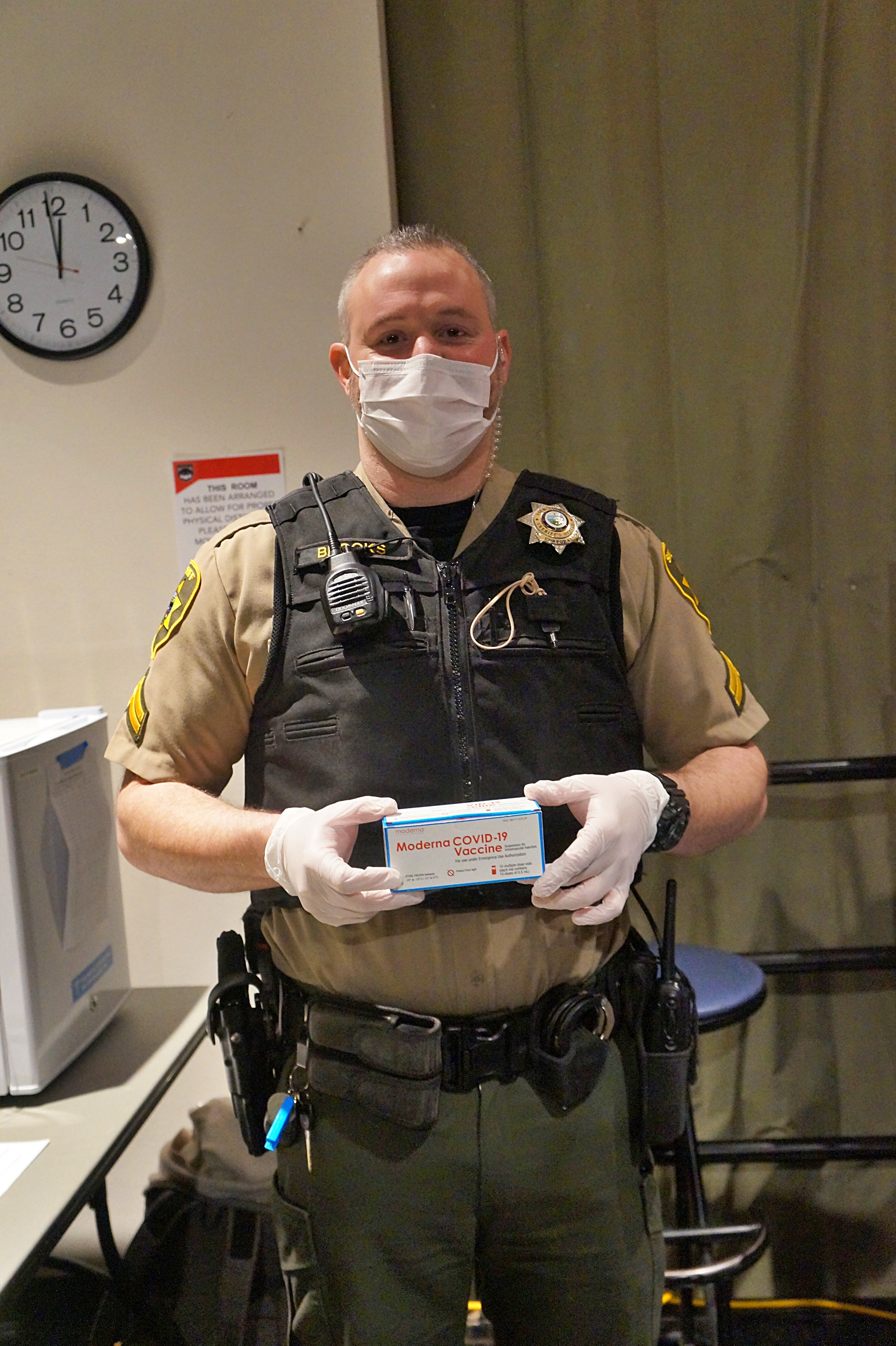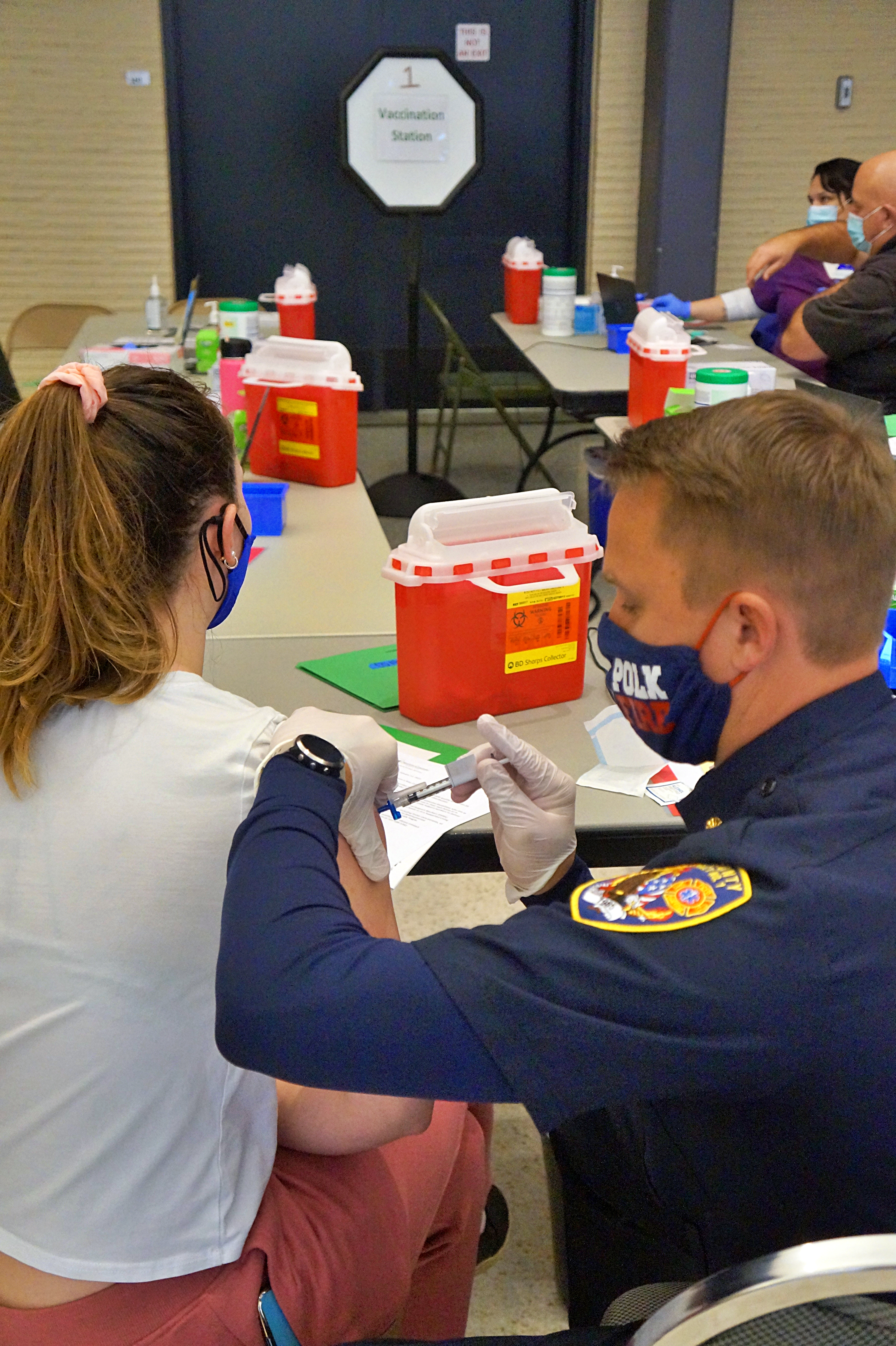Western’s Pacific Room is being used to allocate COVD-19 vaccine during Phase 1A
Sydney Carpenter | News Editor
Last week, West Valley Hospital relocated their second distribution site for the COVID-19 vaccine from the Polk County fairgrounds to Western’s campus.
“We were able to put up our first week there,” said Pathway Program and Community Outreach Administrator Jenny Von Derahe. “We moved here because it’s a central location and the technology is adequate for our needs.”
According to Von Derahe, the clinic was furnished in a day with the help of hospital facility workers, the environmental services team and kitchen staff.

“It feels safer and more comfortable than the fairgrounds,” said Polk County resident Wendy Brockhouse. “It just seemed weird in the big old barns … this just seems more a part of the community and safer.”
At this time Western is not charging West Valley to rent out the Pacific Room. According to Von Derahe, Western is not funding employment for the workers or volunteers of the clinic, however there are discussions of potentially allowing Western students interested in the medical field to volunteer at the clinic. Additionally, the clinic is not administering vaccines to administrators, faculty, staff or students unless they qualify within Phase 1A.
“One positive that’s come out is the collaborations that have taken place,” said Western Alumnus and District 1 Polk County Fire Chief Ben Stange.
Stange explained that Western has worked extensively with the community to facilitate a functional clinic on its campus.
“The Pacific Room would normally be used for this or that … but we (Western) can’t have events so it’s available. So what can we do to help the larger cause,”said Stange.
According to the Oregon Health Authority, Polk County has partially vaccinated 8.5% of its population and fully vaccinated less than 1% of the population.

“It’s been such a huge deal to our people,” said Stange. “We were transporting positive patients every couple days, and it’s been difficult to see. The opportunity to actually hands on start to fix a problem that we’ve really felt we’ve had zero control over has been nice.”
Stange explained that, just like other health care professionals, their focus is to take care of people during emergency situations.
“There hasn’t been anything really till this moment that we’ve felt like we can do to make a large impact,” said Stange.
At this time, West Valley is charging a $60 administration fee for the vaccine that will be billed to the patient’s insurance. If uninsured, the hospital waives the fee. Due to the unpredictability of vaccine dose delivery, clinics are not open daily. To learn about hours and vaccination qualifications, visit their website at salemhealth.org.

Contact the author at scarpenter18@mail.wou.edu


